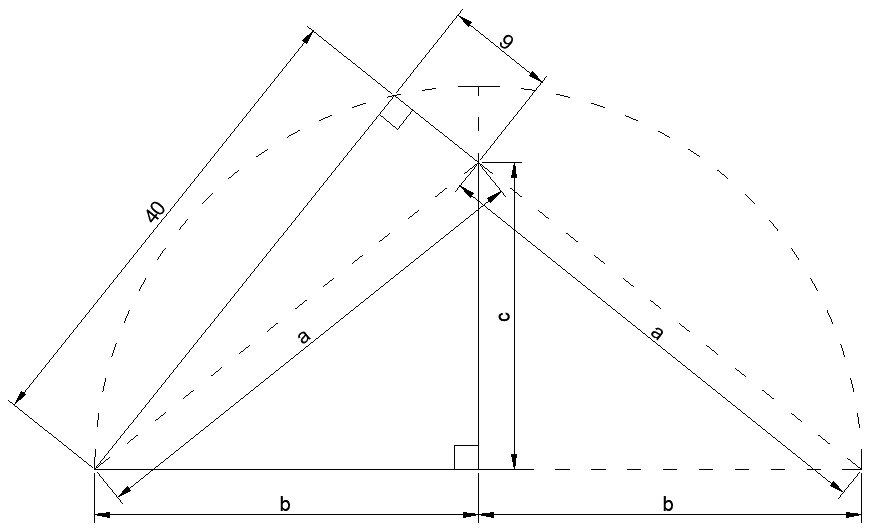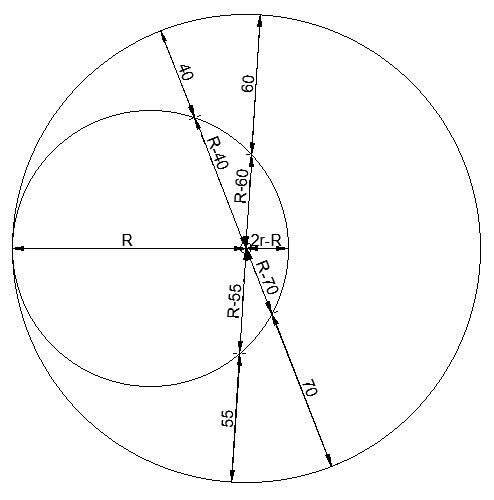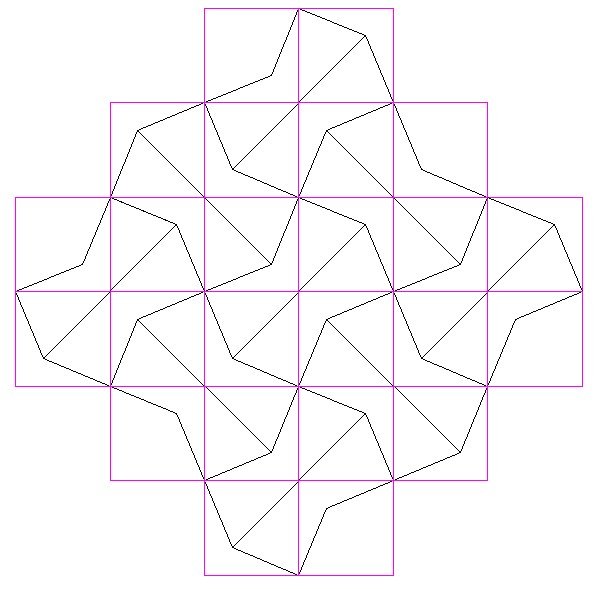The first thing to notice is that the area given for the square is not a square number. Since ultimately we are only interested in the ratio of sides of the rectangle, we should have no problem scaling up the figure so that it is. Since 3375 = 3^3 * 5^3, if we multiply this (and the rectangle area) by 15, we will get a square number. The side of the square will then be 225, and the new rectangle area will be 2023*15 = 30345.
The other dimensions in the figure below are related to one another by Pythagoras and similar triangles.
120 + 105 = 225
255 * 119 = 30345
225^2 + 120^2 = 255^2
255/225 = 119/105
Since all those are satisfied, these must be the correct dimensions. Therefore the ratio of the rectangle’s sides is 255/119, which is 15/7.










